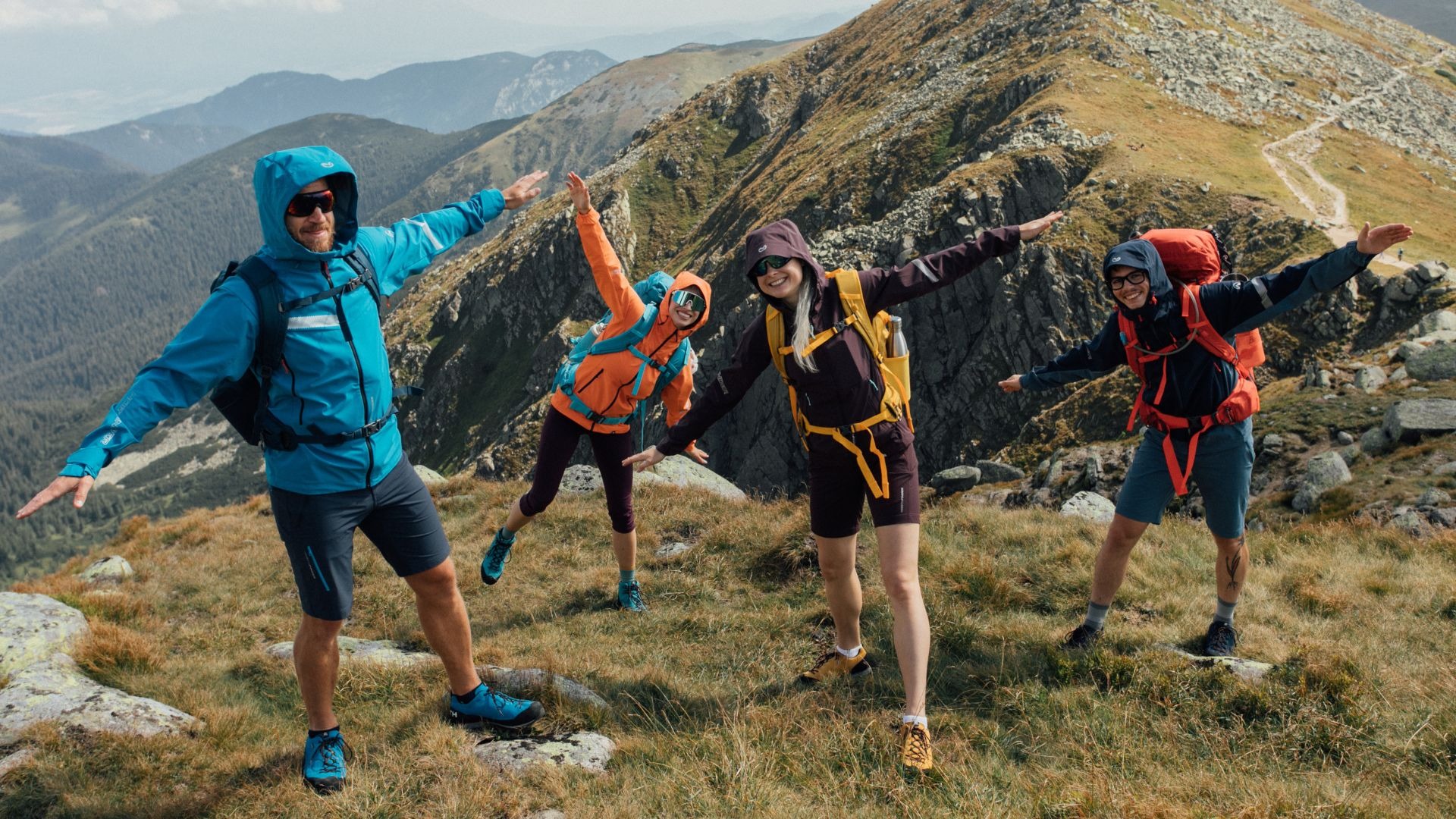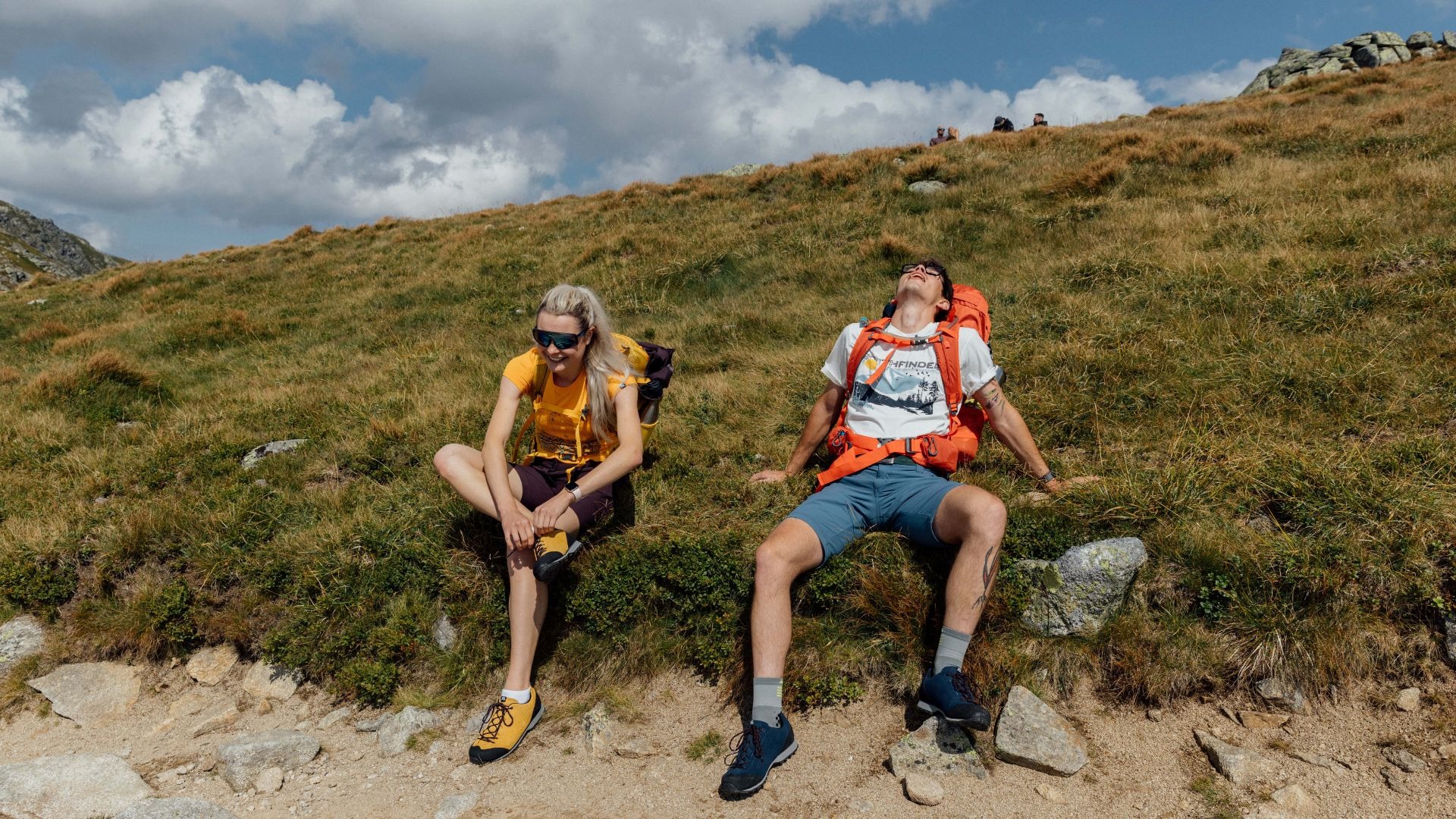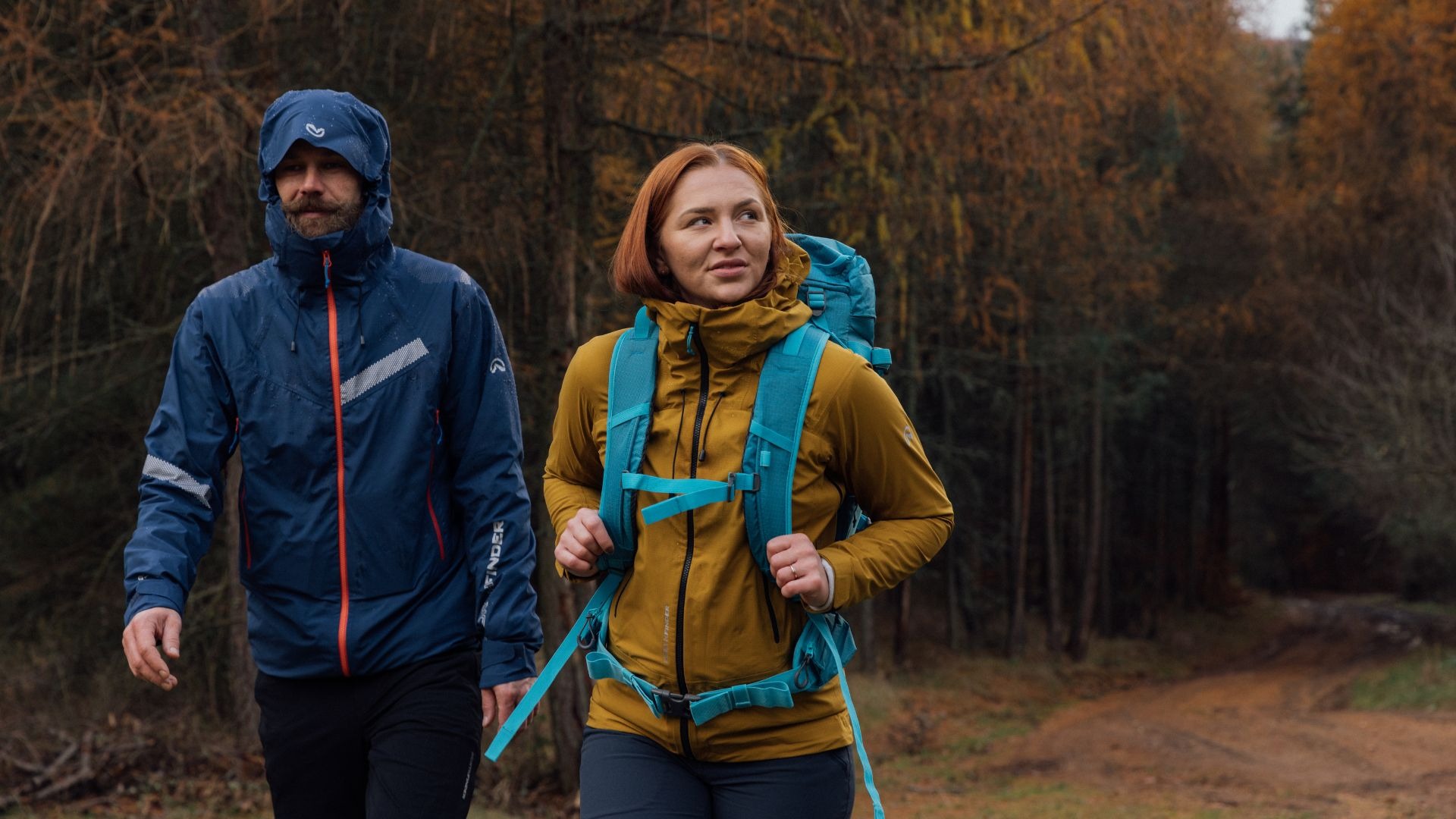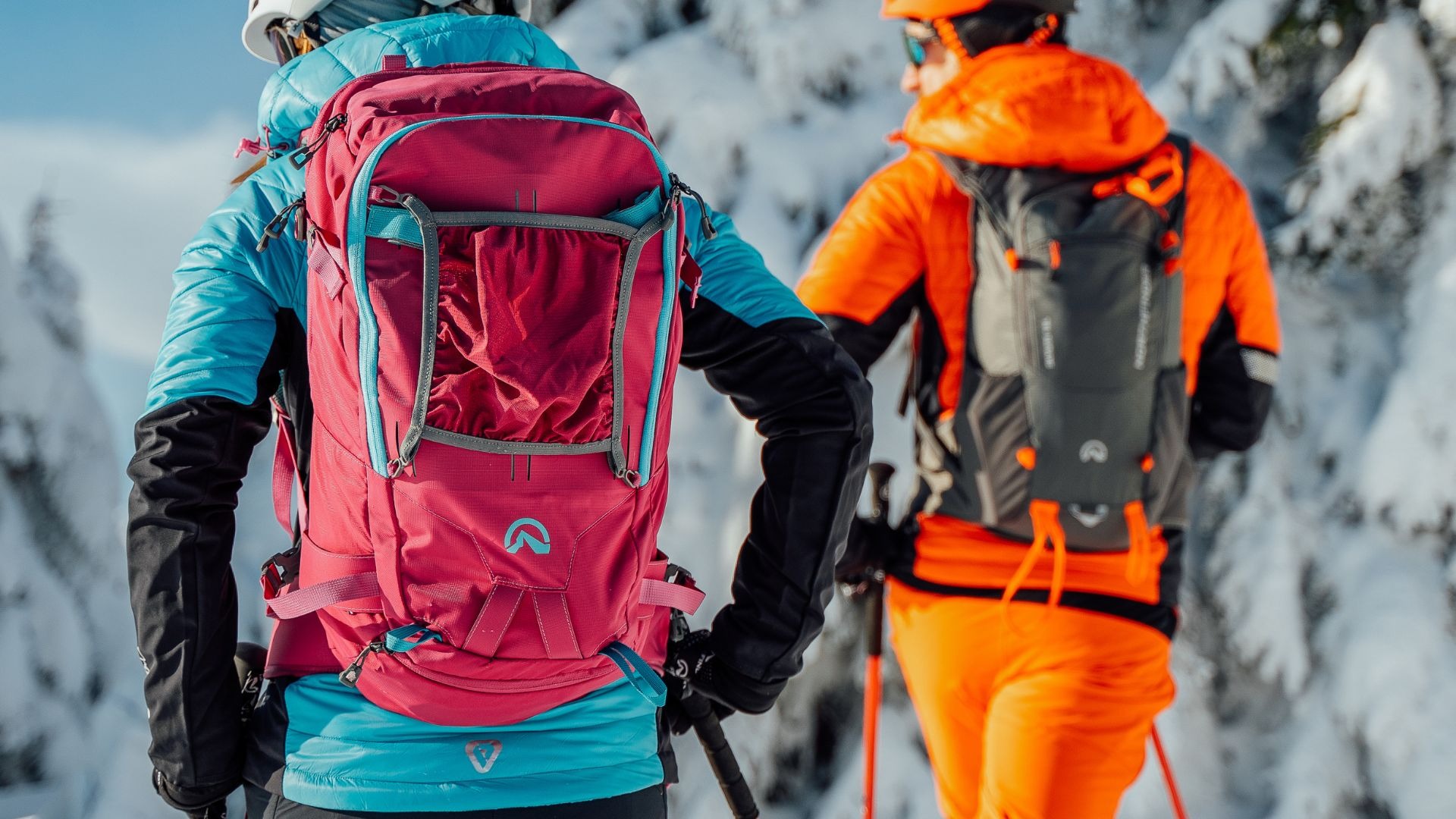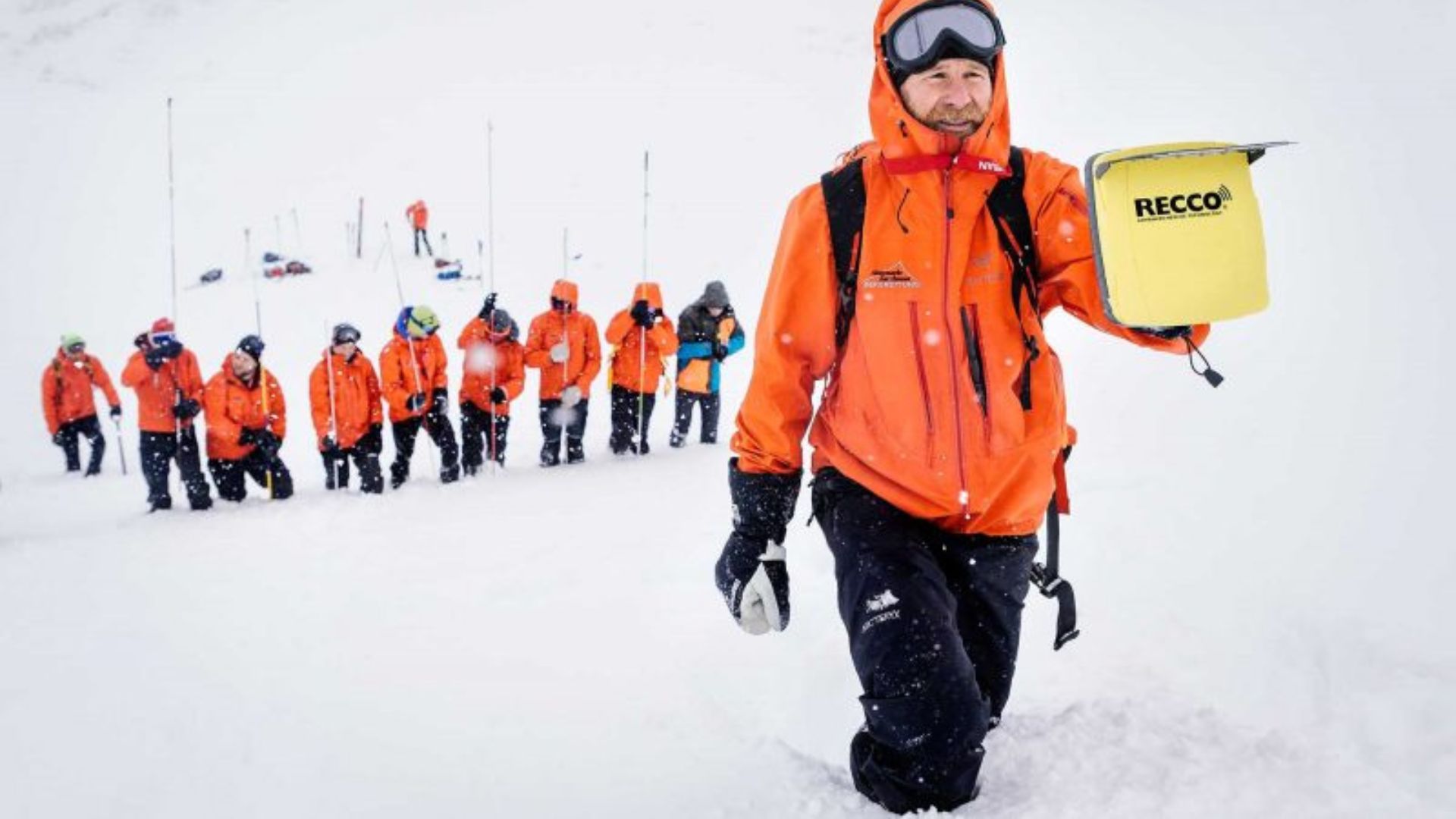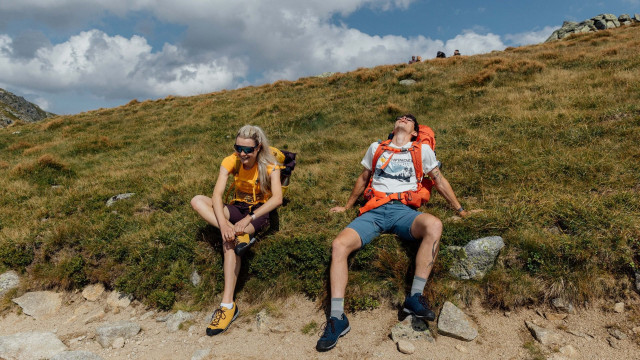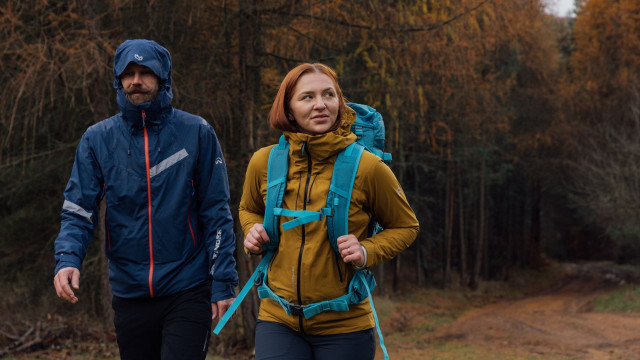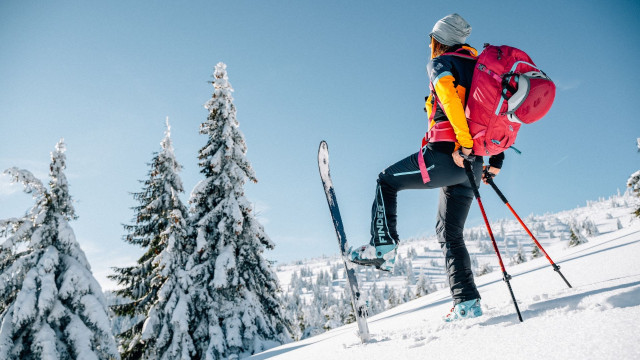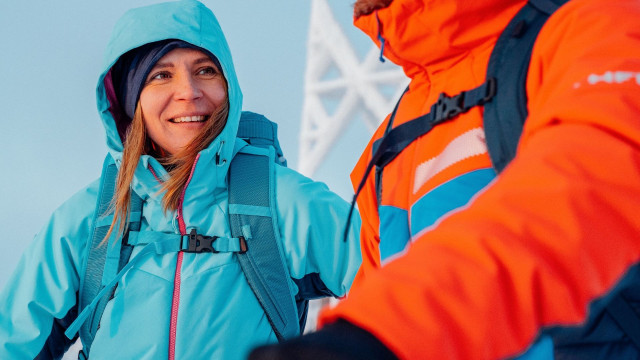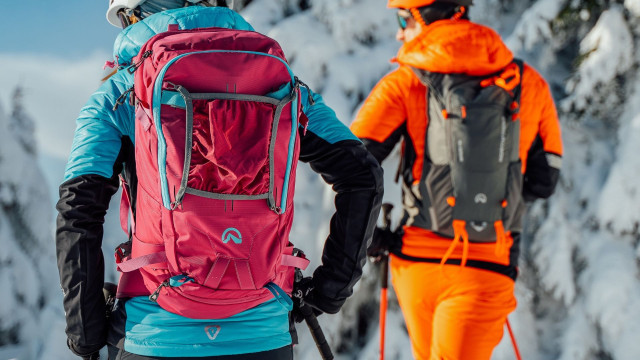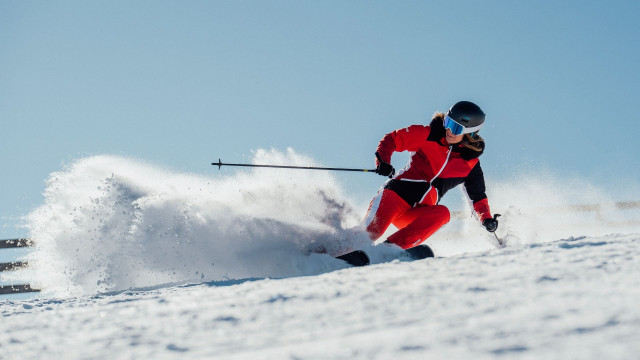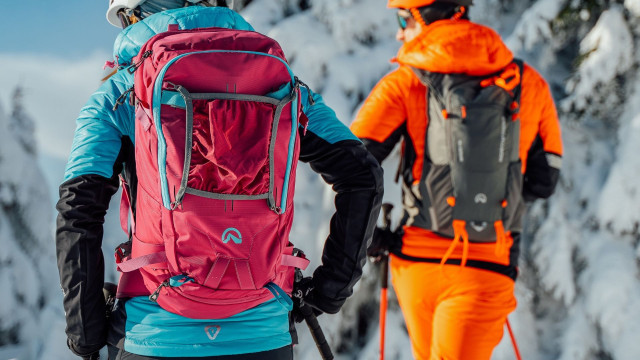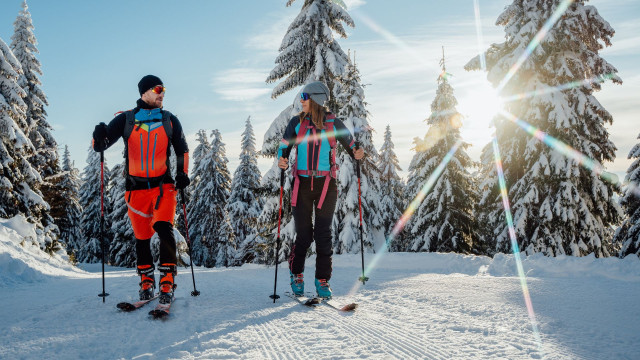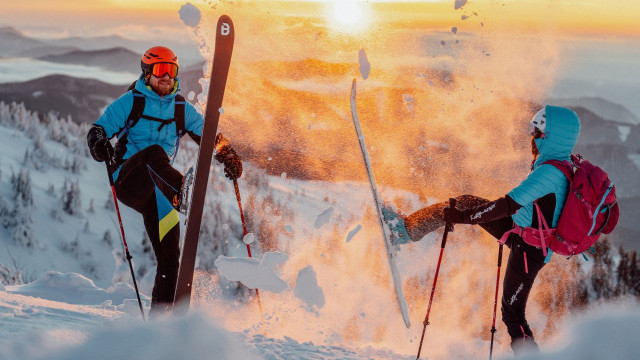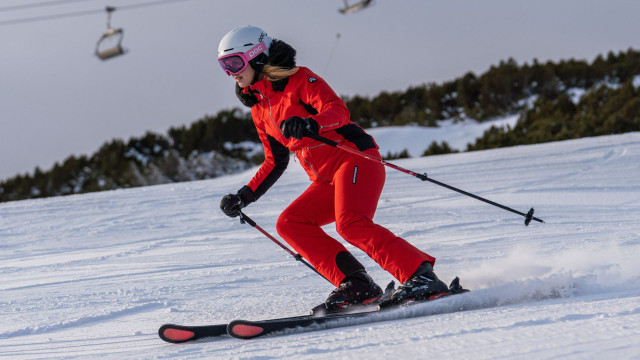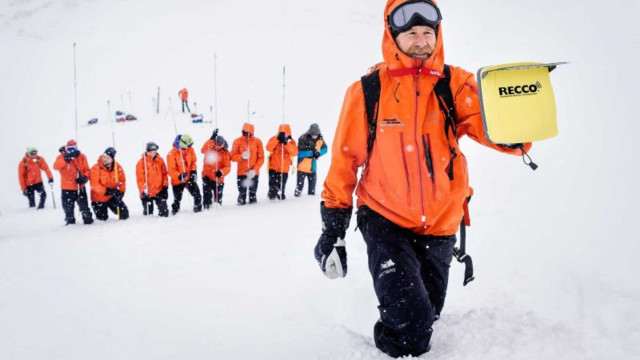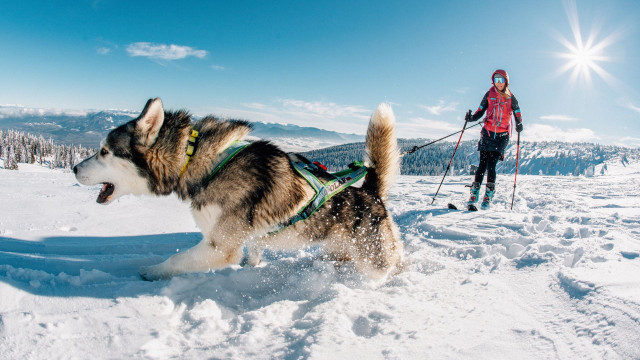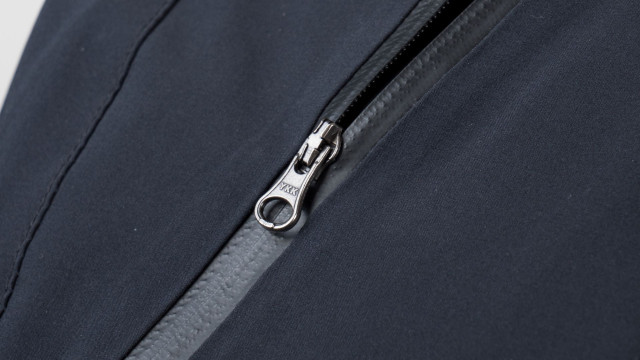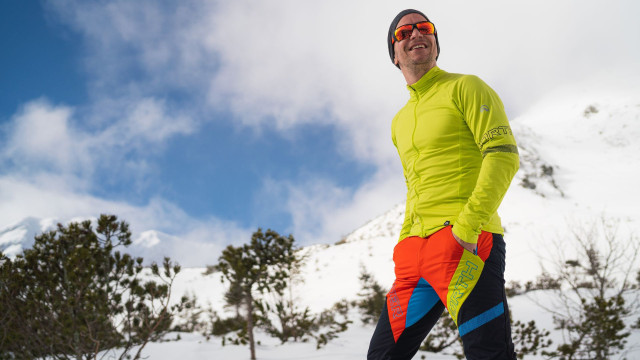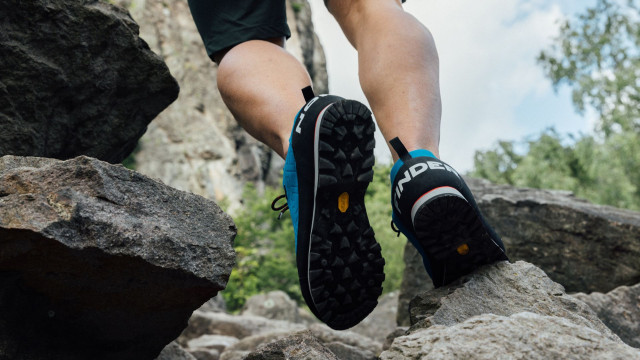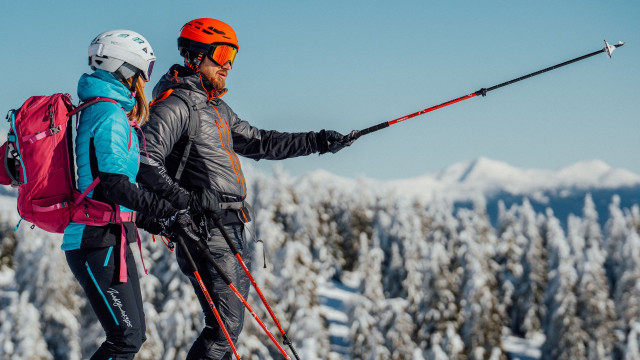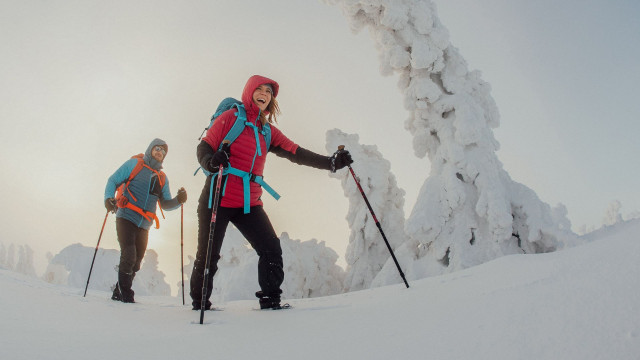15.04.202468
You are shopping on www.northfinder.com/en intended for local market.
If you wish to ship goods to another country, visit international website northfinder.com
Blog Northfinder
16.09.20233293
How to pack your backpack for a ski-touring trip?
What the hell is in the backpack?! I often ask myself this when sweating under a weighty backpack on a ski tour. Over time I’ve come to pack lightly, i.e. cutting out the extras, but some things are essential items on your "What to pack in your backpack for a ski tour" list. Let’s check them out.All posts
15.04.202468
It can't be seen, can't be bought. Friendship is the most beautiful thing you can find in the mountains.
We are evolutionarily wired to enjoy movement, fresh air, and beautiful scenery. But in the mountains, we are often better to each other and create lifelong friendships. Why is that so? 07.12.20225054
Polartec® Alpha® Direct: How many layers do you wear for ski touring? We’ll show you that one less is enough
Active insulation is a popular partner for ski alpinists. The more intensively you exercise, the more it "works" in your favour. In addition, it allows you to lighten your equipment load... 07.12.20224862
Primaloft®: Down or synthetic fibres? When choosing an insulating layer, warmth is not the only factor
Nature knows what it's doing. Down feathers are clearly best for keeping warm. But if you want to avoid low temperatures and protect against moisture, rain and snow, you should rely on fibres... 07.12.20223064
Dermizax™EV: Absolutely waterproof and 4 other reasons to appreciate Japanese membrane in mountains
A membrane is a material or layer of clothing with permeable, windproof and waterproof properties. Dermizax™ EV is a material with a technologically advanced membrane that will comfortably protect... 06.12.20223463


